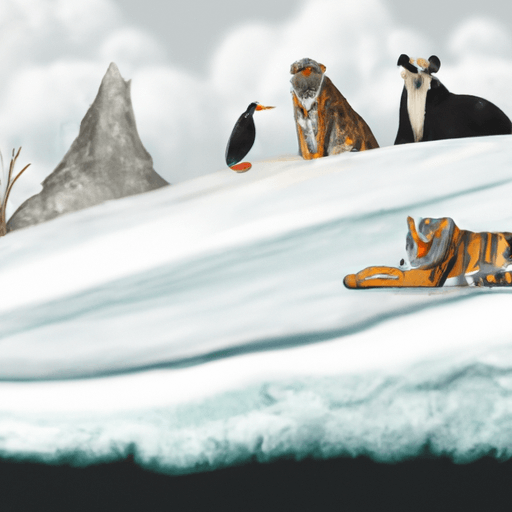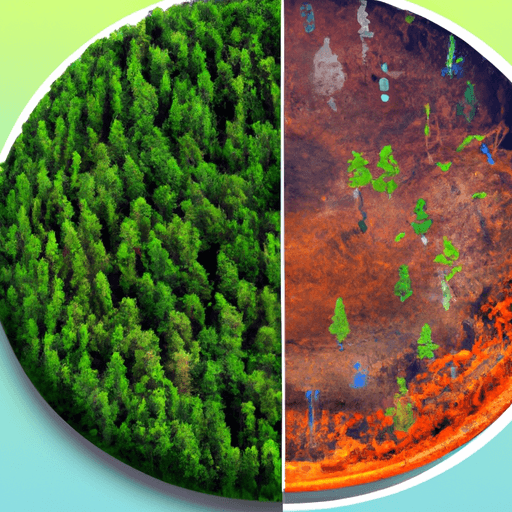Influences of Climate Change on Global Biodiversity
Climate change is an undeniable and important issue that is impacting global biodiversity. With various ecosystems undergoing alterations in their weather patterns, biodiversity is witnessing notable transformations in the distribution and, behavior of various species. It is crucial to shed light on how human activities are spurring these changes and to investigate potential mitigation strategies.
The Impact of Climate Change on Ecosystems and Species
Climate change is leading to deteriorating habitats, extinction of species, and shifts in lifecycle patterns. As temperature on earth's surface escalates, species are forced to alter their geographical ranges to cooler areas, such as towards the poles or at higher altitudes. For example, research shows that climate change is causing the polar bear, a species highly adapted to cold Arctic temperatures, to lose its habitat due to melting ice caps.
The Human Factor in Climate Change
Human activities significantly contribute to climate change, primarily through the emission of greenhouse gases like carbon dioxide. These actions increase the earth's average temperature, leading to an enhanced greenhouse effect. Deforestation, crop burning, expansion in transportation, and growth in industrial trends are critical sources causing this effect, thus exacerbating climate change.
Potential Mitigation Strategies
To counter these current climate trends, we need to focus on the reduction of greenhouse gases. Sustainable methods like renewable power generation, planting trees, waste minimization, and promoting sustainable farming techniques are some effective strategies. Moreover, legislation and controls on global carbon dioxide levels are needed to keep emissions in check. Integrating climate considerations into wildlife conservation efforts is also critical.
Long-Term Consequences on Biodiversity
If current climate trends continue unchecked, species loss will accelerate significantly, and ecosystems will be irreparably damaged. Many species may be unable to adapt quickly to the changes, hence increasing their risk of extinction. Habitats will continue to shrink, and biodiversity hotspots may disappear completely.
Preserving Biodiversity in Changing Environments
In order to conserve biodiversity under these changing environmental conditions, a wide range of measures should be taken. These include the establishment of protected areas, enforcement of wildlife protection laws, cultivation of native species, and support for conservation programs. Education is also a key aspect to drive more awareness about the role of each individual in maintaining biodiversity.
In conclusion, there is a need to thoroughly understand the relationship between climate change and biodiversity in order to ensure the survival of species and maintain the balance of our ecosystem. Responsibility rests on our shoulders to actively participate in sustainable practices and support conservation efforts to minimise the impacts these environmental changes are having on diverse species and their habitats.
















Comments
Leave a Comment